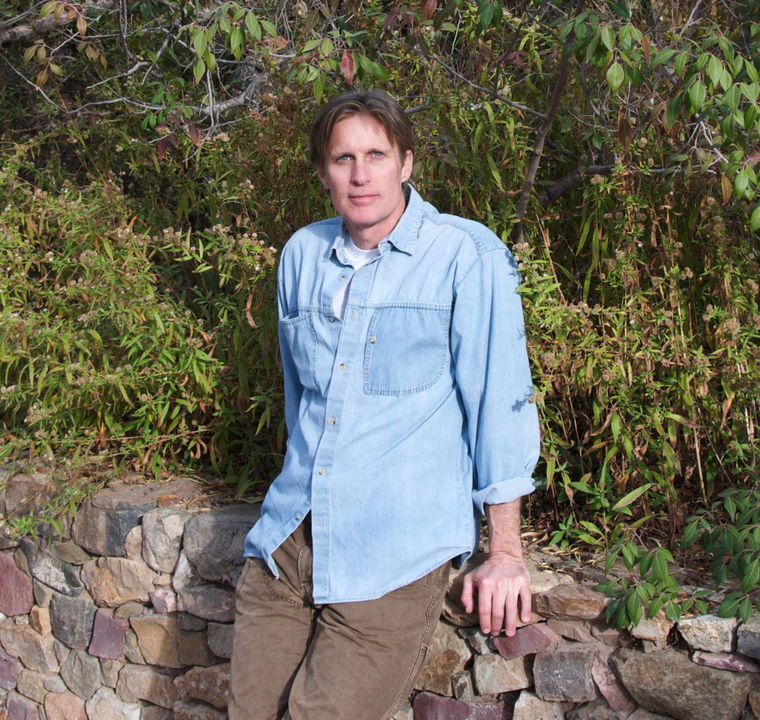Some information may be outdated.
Watching the March for Science events taking place around the world, I thought, how marvelous – people marching in support of the sciences that invent new technologies, cure diseases, plot future courses to the cosmos.
I expected catchy signs like “never trust an atom – they make up everything,” or “science is magic that works.” But as I perused the internet researching the march, it became abundantly clear that their histrionics were less about the important need to support science and more about demanding current global warming views be codified into enormously expensive public policy. Signs with slogans such as “science or extinction” and “climate change is real, teach science” exhorted marchers to conflate scientific debate with settled science.
However, the public is largely unaware of the intense debates still raging within climate science. At a recent national laboratory meeting, Steve Koonin (former Energy Department Undersecretary for Science in the Obama administration) writes in The Wall Street Journal that he observed more than 100 government and university researchers challenge one another as they strove to separate human impacts from the climate’s natural variability. At issue were not nuances but fundamental aspects of our understanding, such as the apparent – and unexpected – slowing of global sea-level rise over the past two decades. And in another WSJ editorial just last weekend, he wrote that “summaries of scientific assessments meant to inform decision makers, such as the United Nations’ Summary for Policymakers, largely fail to capture this vibrant and developing science. Consensus statements necessarily conceal judgment calls and debates and so feed the ‘settled,’ ‘hoax’ and ‘don’t know’ memes that plague the political dialogue around climate change.” He further discussed how difficult it is to get funding if you’re a contrarian and the opprobrium you will receive from peers. Hardly scientific.
But that doesn’t stop politicians and the mainstream media from demanding immediate policy changes, even though it is doubtful many of them have actually waded through the ponderous IPCC reports or understand much of what they contain beyond the summary paragraphs. And even if politicians did understand the science behind the debate, do we really want them attempting solutions? How much progress have they made curing malaria (450,000 deaths annually), or worldwide starvation, which, according to the World Health Organization, is the gravest threat to the world’s public health and kills 3 million children a year? But yet we are to believe they can devise and implement solutions to alter the planet’s climate? I’m skeptical.
I come from a family of scientists, chemists, engineers and inventors (skill sets for which unfortunately eluded me). There are four geologists in my immediate family alone. Thus, my perspective regarding global warming is shaped by geologic time, which renders data extrapolated from a few decades of marginal record keeping meaningless. In fact, a mere 10,000 years or so ago, much of North America was under an ice cap one to two miles thick covering thousands of square miles. If you were a Pleistocene hunter looking for an evening meal of mastodon, you could only dream of a climate we modern humans now enjoy. But don’t get too comfortable, because geologists know our climate is merely in an interglacial warming period, which persists for approximately 10,000 to 15,000 years before another cooling cycle commences. Unfortunately, that information is inconvenient against the current political backdrop of global warming alarmism and the amounts of money spent to propagandize and promulgate the movement.
Meanwhile, nary a whit of worldwide alarm is raised over actual climate disruptors currently occurring, such as the deforestation taking place in rain forests around the world, with swaths half the size of England being lost every year. At that rate, they will all be gone within the next 100 years, and their carbon dioxide scrubbing effects and the heartbreaking loss of their biodiversity to our environment truly will be catastrophic. Where is the public outcry, the marches around the world, governments demanding treaties and wealth redistribution? The silence is not only deafening, it’s hypocritical, and made even more so since the issue is observable in real time and requires no computer modeling to calculate the devastation.
Someday, peer-reviewed, publicly debated science will be back in vogue and research exploring both the positive and negative ramifications of a warmer climate might appear (they exist – but you have to look). For example, Californians might be pleased to know that some global warming models for their state predict reliable atmospheric moisture keeping mountain snowpacks high, reservoirs topped off and rivers running full year round. They could conceivably become a net water exporter to other Western states. World crop acreages would increase, longer growing seasons would provide more food. Cold weather deaths, which are much higher than warm weather deaths, would drop. Human adaptation through innovation would undoubtedly occur.
Common sense dictates more balanced scientific debate needs to be conducted and the dichotomies of the data resolved before global warming can be considered an existential threat to our existence.
Warren Scott lives in Castle Valley.
Appreciate the coverage? Help keep local news alive.
Chip in to support the Moab Sun News.



